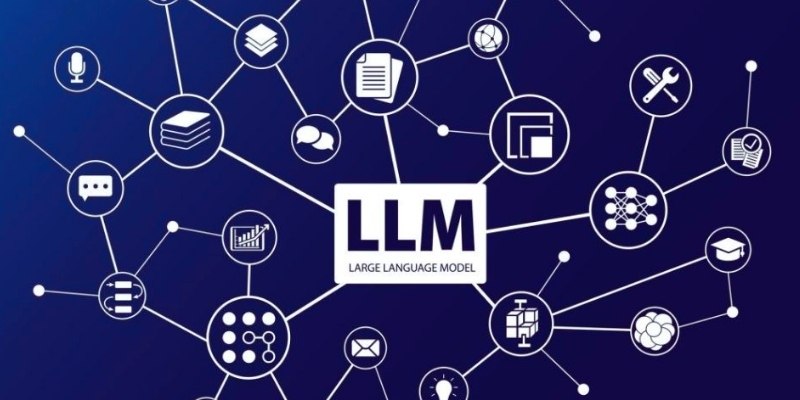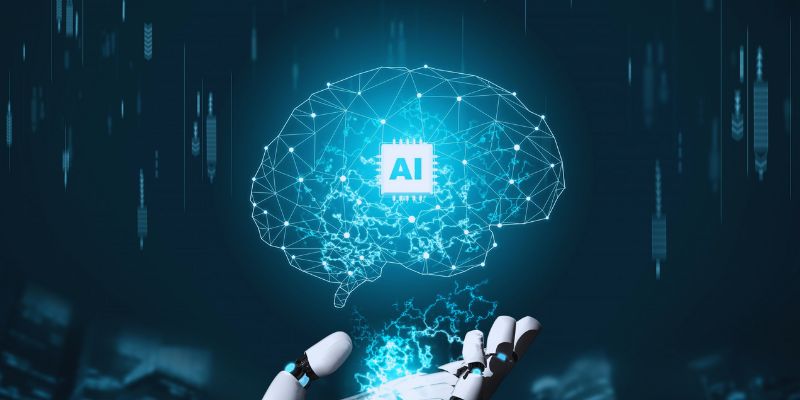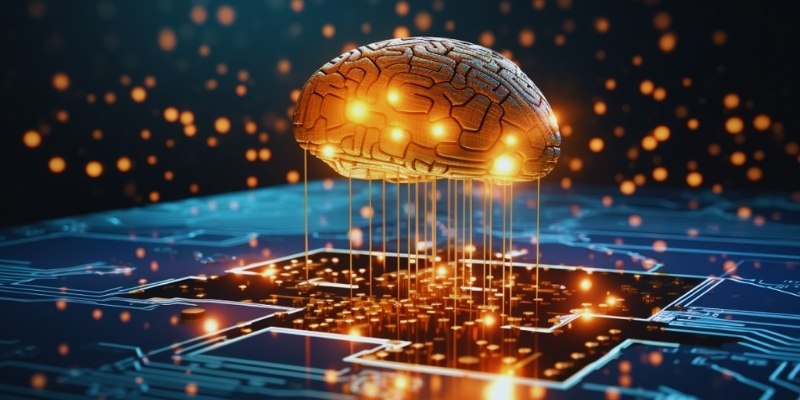MicroPython is a small version of Python made for microcontrollers. Data scientists mainly use statistical analysis, machine learning, and big datasets, and they often wonder whether learning MicroPython would advance their careers. MicroPython has a different use, even if Python rules data science. It guarantees effective coding for settings with limited resources. Combining IoT or embedded systems with data science can greatly help.
Knowing MicroPython will benefit fields like real-time data processing and edge computing. But is it required of every data scientist? This article explores if learning MicroPython enhances your skill set. We will examine its uses, benefits, and when it might be pertinent. MicroPython knowledge can help you whether you work with IoT or embedded artificial intelligence. Standard Python could be enough otherwise.
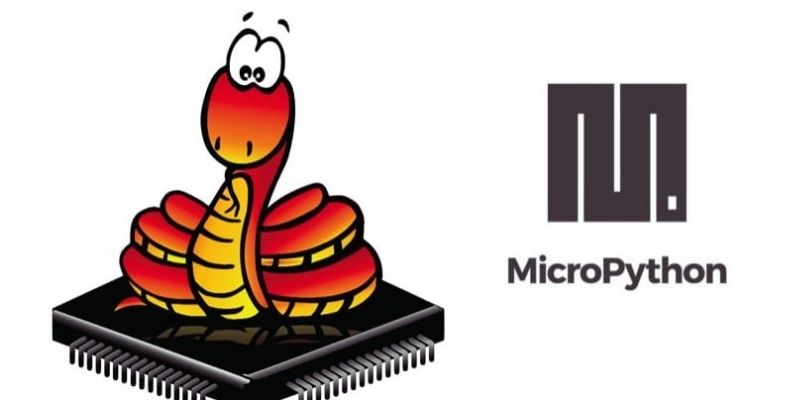
What Is MicroPython?
MicroPython is a small version of Python designed for microcontrollers and embedded systems. It turns off non-essential capabilities to save memory even while it provides fundamental Python tools. Unlike most Python versions, it is made to run with hardware like Raspberry Pi, ESP8266, and STM32. MicroPython is thus the perfect tool for Internet of Things projects. It lets creators create Python scripts straight on hardware. It lessens the necessity of sophisticated firmware development. Its tiny footprint and real-time running fit low-power settings.
MicroPython supports necessary libraries but has limited capability. It lacks the sophisticated libraries used in conventional data science, like NumPy or Pandas, even though it is fantastic for controlling sensors, managing small-scale data processing, and automating hardware. Working with embedded artificial intelligence, robotics, or IoT-driven analytics requires an awareness of MicroPython. Still, Standard Python is the best choice for conventional data science roles.
How MicroPython Relates to Data Science?
Data science is the study, visualization, and interpretation of data. Among Standard Python's strong tools are Pandas, Scikit-learn, and TensorFlow. However, hardware restrictions mean MicroPython lacks such libraries. For most data science uses, this renders it less pertinent. MicroPython turns helpful, nevertheless, when combining IoT with data science. Many sectors today depend on smart devices with real-time data collecting and processing capability. Under these circumstances, MicroPython assists with data preprocessing, sensor management, and cloud platform sending of insights.
MicroPython is used, for instance, by environmental monitoring systems to handle temperature and humidity data locally. It lessens reliance upon outside servers. MicroPython also helps edge computing applications by enabling fast data processing free from latency problems. Although conventional data science methods do not call for MicroPython, understanding it may be helpful when dealing with IoT-driven insights and embedded analytics.
When Should a Data Scientist Learn MicroPython?
Not every data scientist should use MicroPython. Its value hinges on particular professional objectives. Learning MicroPython might not be required for big data, machine learning, or artificial intelligence models. Still, it can be useful in some domains. MicroPython becomes relevant depending on whether your job involves IoT applications, robotics, or embedded artificial intelligence. It aids in the processing of real-time sensor data before cloud system transmission. In smart cities, healthcare monitoring and industrial automation are crucial.
Edge computing presents still another situation. Devices with low CPU demand lightweight scripts for data processing. On such devices, MicroPython enables effective execution, hence lowering latency and bandwidth use. Learning MicroPython can help you whether your intended job is with microcontrollers or embedded artificial intelligence. Otherwise, it will be more prudent to concentrate on Python and its basic data science tools.
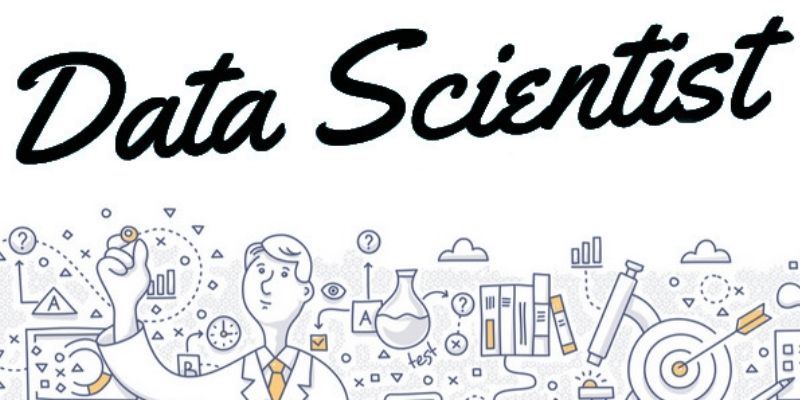
Advantages of Learning MicroPython for Data Scientists
Applied with IoT and embedded analytics, MicroPython presents various benefits. The main advantages consist in:
- Lightweight and Efficient: Ideal for edge computing, MicroPython runs on devices with little processing capability.
- Real-time Data Processing allows instantaneous sensor data analysis before cloud service delivery.
- Easy Hardware Integration: It supports microcontrollers, enabling a flawless IoT device interface.
- Simple Syntax: It is easily accessible for Python users since it keeps Python's simple-to-learn framework.
- Cost-effective: MicroPython runs data locally, lowering reliance on costly cloud computing resources.
MicroPython is helpful for particular uses since these advantages define it. Still, conventional Python libraries are the go-ahead tool for large-scale data processing.
Limitations of MicroPython in Data Science
MicroPython has numerous restrictions for data scientists even if it has advantages:
- Limited Libraries: It lacks Pandas, Matplotlib, and TensorFlow, which are key data science tools.
- Restricted Processing Power: It is made for microcontrollers and cannot effectively handle difficult calculations.
- Smaller Community Support: MicroPython lacks resources and tutorials compared to conventional Python.
- Not Scalable for Big Data: Big data analysis or large-scale machine learning models cannot benefit from it.
- Minimal Multitasking: Its capacities are limited since it finds it difficult to conduct several operations concurrently.
Most data scientists do not need MicroPython unless they work with IoT or embedded artificial intelligence systems.
MicroPython vs Standard Python: Key Differences
MicroPython and official Python have different uses. The primary distinctions are as follows:
- Usage: MicroPython is meant for embedded systems; Python addresses sophisticated applications, including data science and artificial intelligence.
- Library Support: MicroPython has limited capability; Standard Python boasts vast data science tools.
- Memory Usage: MicroPython is best for low-memory devices; Python requires many resources.
- Performance: MicroPython is better suited for small-scale data processing; Python shines in computational chores.
- Hardware Compatibility: Python runs on desktops and cloud platforms; MicroPython runs on microcontrollers.
These variations show why MicroPython is not widely applied in data science. It is better suited for embedded analytics than for whole data processing.
Conclusion:
Most data scientists do not find MicroPython necessary. It lacks the required tools for statistical analysis, big data processing, and machine learning. Niche uses IoT data collecting, embedded artificial intelligence, and real-time sensor analysis; nonetheless, find value here. Learning MicroPython can help you whether your job calls for microcontrollers or edge computing. Otherwise, it would be more prudent to concentrate on Python and its potent libraries. Before committing time to MicroPython, data scientists should evaluate their professional objectives. Standard Python is still the best choice for conventional roles.



